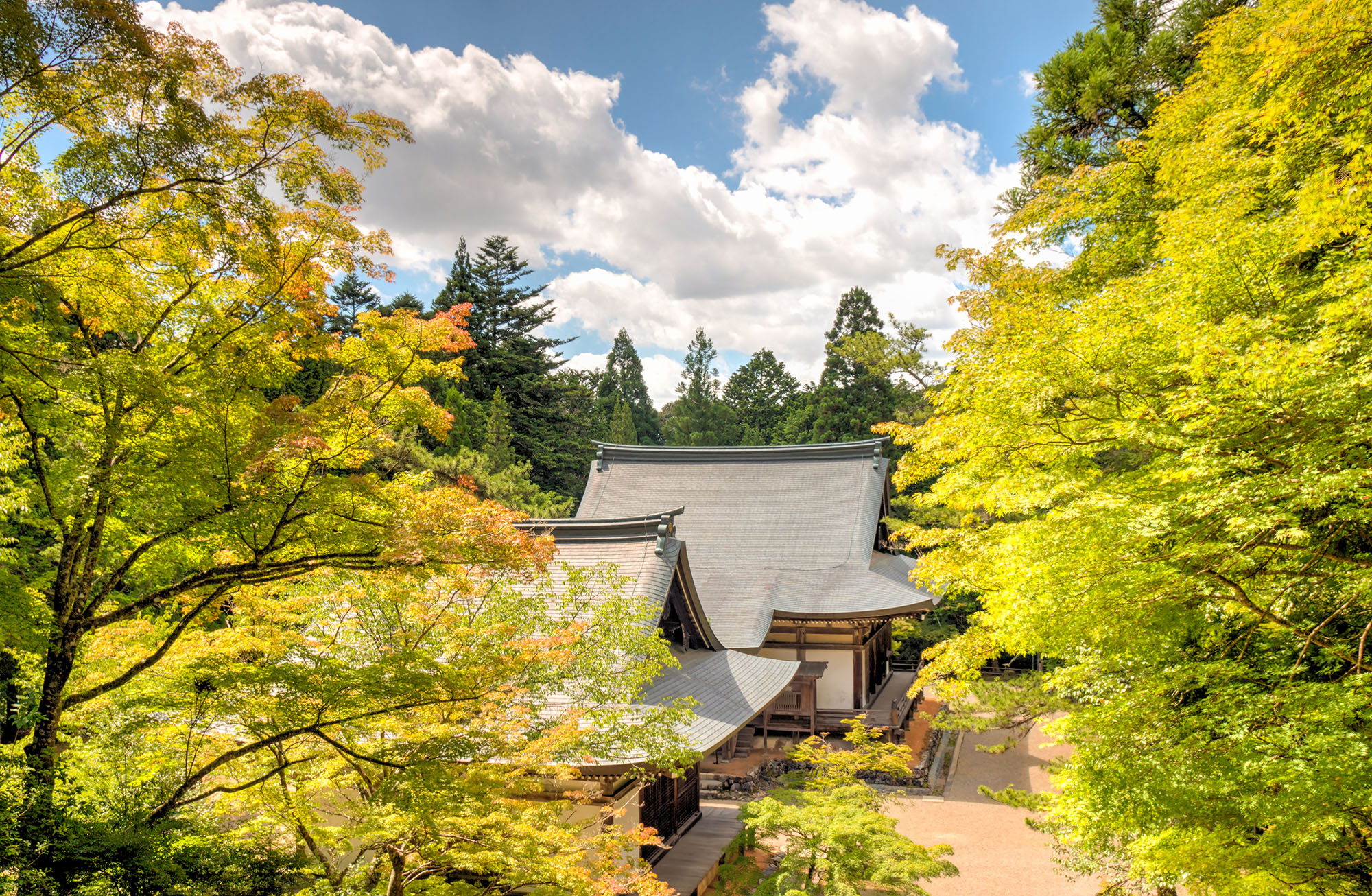The age-old road leading to Kiyomizu Temple had turned into a river of people. Accents and languages from across the world filled the shop-lined slope, as couples in rented kimono took photos with selfie sticks and amateur photographers tried to get a shot devoid of the crowds — a nearly impossible feat. Tourists stood munching on yatsuhashi (traditional sweets made of rice flour and often filled with red bean paste) or holding cones of matcha (green tea) ice cream, and tour guides used megaphones and waved flags to ensure their groups stayed together. Others were just trying to make their way through the congestion to the iconic temple at the top.
This is the reality of summer in Kyoto, a city crowded with an ever-increasing number of tourists. According to the Japanese National Tourism Organization, more than 20 million visitors entered the country in 2015 and the government has recently raised their target for 2020, the year of the Tokyo Olympics, to 40 million. The ancient city of Kyoto — once the capital, and which many still consider to be the beating heart of Japanese civilization and culture — is a prime destination. In fact, recent survey rankings compiled by leading U.S. magazine Travel + Leisure bumped Kyoto from the top spot to sixth place on the magazine's list of the world's best tourist cities. Kyoto city officials suspect that the inundation of tourists may be one of the main causes for the drop.
Expecting the horde, I arrive with an escape plan: I have my sights set on Takao, a mountainous area an hour northwest of downtown Kyoto where several peaks create an unspoiled wooded valley through which the Kiyotaki River flows. Unlike Tokyo's Mount Takao, which is crowded with lines of hikers during the summer, Kyoto's Takao offers a peaceful respite from the heat. It's a place to escape the thronging city, visit historically significant temples and see verdant native forests.



